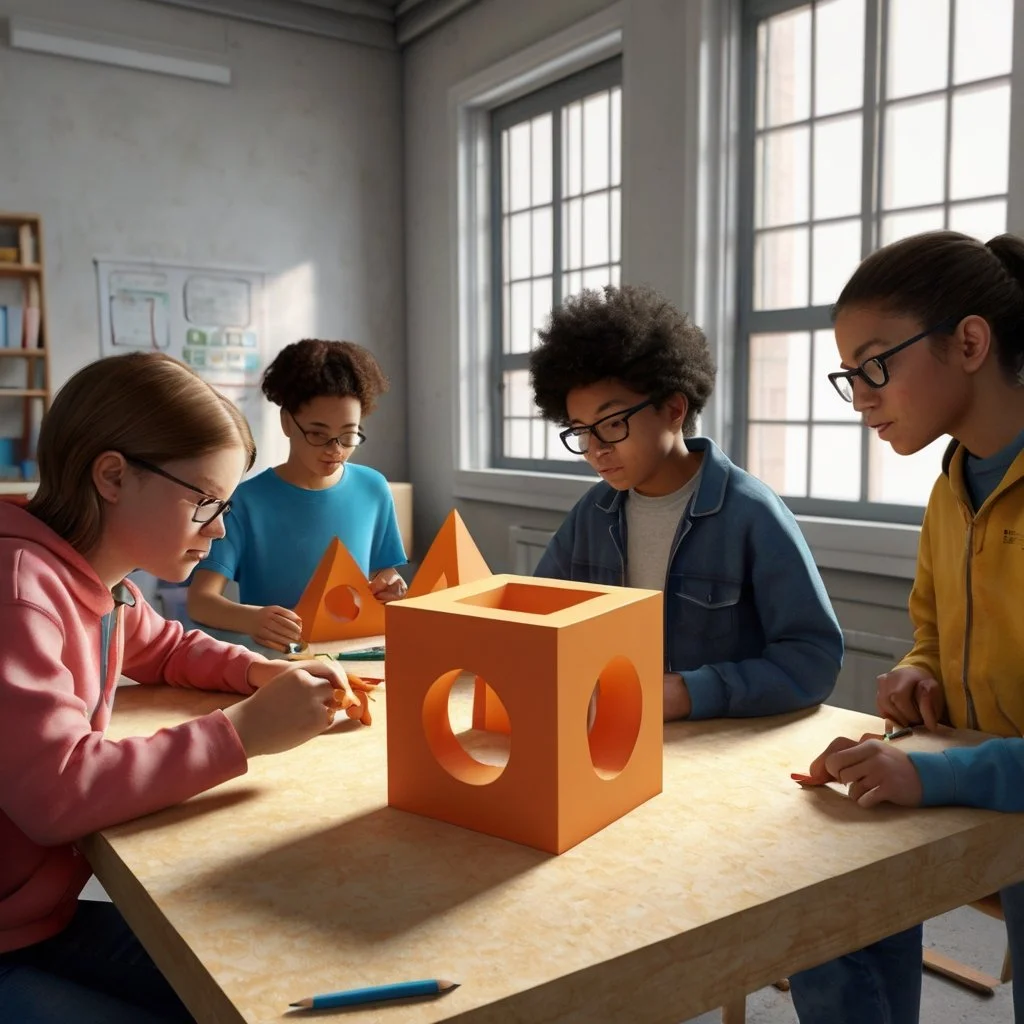Imagine a curriculum that doesn't treat subjects like isolated islands, but rather, a network of interconnected bridges. This is the vision behind the "3D Curriculum," which emphasizes making links between different topics and year groups.
Here's how the 3D approach fosters a deeper understanding:
Dimension 1: Horizontal Links: Connecting the Classroom
These links weave together subjects within a single year.exclamation For instance, a fifth-grade class studying the ancient Egyptians in history might explore similar themes in their language arts class by analyzing hieroglyphics or writing stories from the perspective of a pharaoh. This reinforces understanding and demonstrates the relevance of history across subjects.
Dimension 2: Vertical Links: Building on Knowledge Year by Year
Vertical links revisit key concepts throughout a student's academic journey, but with increasing complexity.
Perhaps a second-grade student learns basic geometric shapes. In fifth grade, this knowledge is built upon as they explore volume and calculate areas. This spiral approach ensures concepts are not forgotten but become stepping stones for future learning.
Dimension 3: Diagonal Links: The Big Picture
Diagonal links forge connections between subjects and year groups that go beyond the classroom.
For example, a high school biology class studying ecosystems might partner with a younger grade studying plants to create a school garden. This not only reinforces scientific concepts but also fosters environmental awareness and teamwork across age groups.
By encouraging these connections, the 3D Curriculum allows students to see the bigger picture. They learn how seemingly unrelated topics are interconnected, fostering a deeper understanding and appreciation for knowledge as a cohesive whole. This approach equips students with the skills to think critically, make connections, and become lifelong learners.





